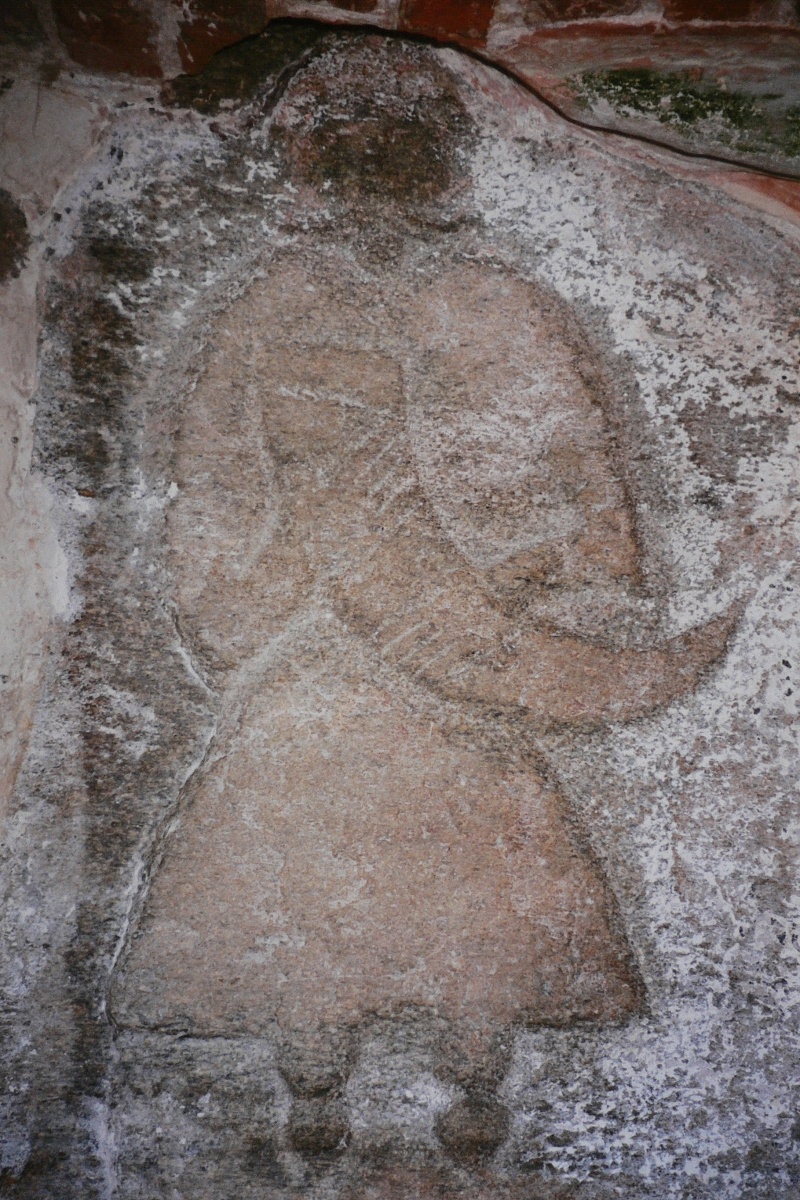|
Principality Of Lower Pannonia
Early Slavs settled in the eastern and southern parts of the former Roman province of Pannonia. The term ''Lower Pannonia'' ( la, Pannonia inferior, hu, Alsó-pannoniai grófság, sh-Latn-Cyrl, Donja Panonija, Доња Панонија, sl, Spodnja Panonija) was used to designate those areas of the Pannonian plain that lie to the east and south of the river Rába, with the division into ''Upper'' and ''Lower'' inherited from the Roman terminology. From the middle of the 6th to the end of the 8th century, the region was under the domination of the Avars, while the Slavic inhabitants lived under Avar rule. By the beginning of the 9th century, that state was destroyed and replaced by the supreme rule of the Frankish Empire, which lasted until the Magyar conquest (c. 900). During the Frankish period, the region of Lower Pannonia was governed by local Slavic rulers, who were under the suzerainty of Frankish kings. Within the Frankish administrative system, the March of Pannonia ... [...More Info...] [...Related Items...] OR: [Wikipedia] [Google] [Baidu] |
Lombard–Gepid War (567)
In 566, Lombard king Alboin concluded a treaty with the Pannonian Avars, to whom he promised the Gepids' land if they defeated them. The Gepids were destroyed by the Avars and the Lombards in 567. Gepid King Cunimund was killed by Alboin himself. The Avars (lead by their khagan Bayan I) subsequently occupied "Gepidia", forming the Avar Khaganate. The Byzantine Emperor intervened and took control of Sirmium (now Sremska Mitrovica, Serbia), also giving refuge to Gepid leader Usdibad, although the rest of Gepidia was taken by the Avars. Gepid military strength was significantly reduced; according to H. Schutz (2001) many of them joined Lombard ranks, while the rest took to Constantinople (the Byzantine Empire). According to R. Collins (2010) the remnants were absorbed either by the Avars or Lombards. Although later Lombard sources claim they had a central role in this war, it is clear from contemporary Byzantine sources that the Avars had the principal role. The Gepids disappeared and ... [...More Info...] [...Related Items...] OR: [Wikipedia] [Google] [Baidu] |
Danube
The Danube ( ; ) is a river that was once a long-standing frontier of the Roman Empire and today connects 10 European countries, running through their territories or being a border. Originating in Germany, the Danube flows southeast for , passing through or bordering Austria, Slovakia, Hungary, Croatia, Serbia, Romania, Bulgaria, Moldova, and Ukraine before draining into the Black Sea. Its drainage basin extends into nine more countries. The largest cities on the river are Vienna, Budapest, Belgrade and Bratislava, all of which are the capitals of their respective countries; the Danube passes through four capital cities, more than any other river in the world. Five more capital cities lie in the Danube's basin: Bucharest, Sofia, Zagreb, Ljubljana and Sarajevo. The fourth-largest city in its basin is Munich, the capital of Bavaria, standing on the Isar River. The Danube is the second-longest river in Europe, after the Volga in Russia. It flows through much of C ... [...More Info...] [...Related Items...] OR: [Wikipedia] [Google] [Baidu] |
Eric Of Friuli
Eric (also ''Heirichus'' or ''Ehericus''; died 799) was the Duke of Friuli (''dux Foroiulensis'') from 789 to his death. He was the eldest son of Gerold of Vinzgouw and by the marriage of his sister Hildegard the brother-in-law of Charlemagne. Background An elegy composed by Paulinus II, Patriarch of Aquileia on the occasion of the death of his friend Eric, reveals that Eric had been born at "''urbs dives Argentea''", a Latin name of Frankish Strasbourg."''Versus Paulini de Herico duce,''" in ''L'Oeuvre Poétique de Paulin D'Aquilée.'' Edited by Dag Norberg (Stockholm: Almquist and Wiskell International, 1979), 100. The elegy and another work of Paulinus called the ''Liber Exhortationis,'' a work which draws from the Bible and certain Fathers of the Church to offer instruction on how to live a morally upright Christian life while carrying out secular duties, indicates that Eric was a pious Catholic. Eric was appointed to the Carolingian Duchy of Friuli in 789, about two years a ... [...More Info...] [...Related Items...] OR: [Wikipedia] [Google] [Baidu] |
Wonomyrus Sclavus
Vojnomir, Voynomir or Vonomir I was a Slavic military commander in Frankish service, the duke of Slavs in Lower Pannonia, who ruled from c. 790 to c. 800 or from 791 to c. 810 over an area that corresponds to modern-day Slavonia, Croatia. The Royal Frankish Annals makes mention of a ''Wonomyrus Sclavus'' (Vojnomir the Slav) active in 795. Eric of Friuli, sent Vojnomir with his army into Pannonia, between the Danube and Tisza, where they pillaged the Avars' dominions. According to Milko Kos they were not met with serious Avar resistance, and they conquered many forts.Kos Milko (1902)''Gradivo za zgodovino Slovencev v srednjem veku''. Ljubljana, Leonova družba. Case 293, pg. 325-327./ref> The next year the Avars were defeated and Frankish power was extended further east, to the central Danube. Vojnomir's leading position in the campaign has been presumed as very possible with regard to the textual analysis of ''Annales regni Francorum''.Šišić Ferdo (1902). ''Povijest Hrvata u vr ... [...More Info...] [...Related Items...] OR: [Wikipedia] [Google] [Baidu] |
Royal Frankish Annals
The ''Royal Frankish Annals'' (Latin: ''Annales regni Francorum''), also called the ''Annales Laurissenses maiores'' ('Greater Lorsch Annals'), are a series of annals composed in Latin in the Carolingian Francia, recording year-by-year the state of the monarchy from 741 (the death of Charles Martel) to 829 (the beginning of the crisis of Louis the Pious). Their authorship is unknown, though Wilhelm von Giesebrecht suggested that Arno of Salzburg was the author of an early section surviving in the copy at Lorsch Abbey. The Annals are believed to have been composed in successive sections by different authors, and then compiled. The depth of knowledge regarding court affairs suggests that the annals were written by persons close to the king, and their initial reluctance to comment on Frankish defeats betrays an official design for use as Carolingian propaganda. Though the information contained within is heavily influenced by authorial intent in favor of the Franks, the annals rem ... [...More Info...] [...Related Items...] OR: [Wikipedia] [Google] [Baidu] |
Principality
A principality (or sometimes princedom) can either be a monarchy, monarchical feudatory or a sovereign state, ruled or reigned over by a regnant-monarch with the title of prince and/or princess, or by a monarch with another title considered to fall under the generic meaning of the term ''prince''. Terminology Most of these states have historically been a Body politic, polity, but in some occasions were rather territories in respect of which a princely title is held. The prince's estate and wealth may be located mainly or wholly outside the geographical confines of the principality. Generally recognised surviving sovereign principalities are Liechtenstein, Monaco, and the co-principality of Andorra. Extant royal primogenitures styled as principalities include Asturias (Spain). The Principality of Wales existed in the northern and western areas of Wales between the 13th and 16th centuries; the Laws in Wales Acts 1535–1542, Laws in Wales Act of 1536 which legally incorporated E ... [...More Info...] [...Related Items...] OR: [Wikipedia] [Google] [Baidu] |
Christianization Of The Slavs
The Slavs were Christianized in waves from the 7th to 12th century, though the process of replacing old Slavic religious practices began as early as the 6th century. Generally speaking, the monarchs of the South Slavs adopted Christianity in the 9th century, the East Slavs in the 10th, and the West Slavs between the 9th and 12th century. Saints Cyril and Methodius ( 860–885) are attributed as "Apostles to the Slavs", having introduced the Byzantine-Slavic rite ( Old Slavonic liturgy) and Glagolitic alphabet, the oldest known Slavic alphabet and basis for the Early Cyrillic alphabet. The simultaneous missionary efforts to convert the Slavs by what would later become known as the Catholic Church of Rome and the Eastern Orthodox Church of Constantinople led to a 'second point of contention between Rome and Constantinople', especially in Bulgaria (9th–10th century). This was one of many events that preceded the East–West Schism of 1054 and led to the eventual spl ... [...More Info...] [...Related Items...] OR: [Wikipedia] [Google] [Baidu] |
Historical Slavic Religion
Slavic mythology or Slavic religion is the Religion, religious beliefs, myths, and ritual practices of the Slavs before Christianisation of the Slavs, Christianisation, which occurred at various stages between the 8th and the 13th century. The South Slavs, who likely settled in the Balkan Peninsula during the 6th–7th centuries AD, bordering with the Byzantine Empire to the south, came under the sphere of influence of Eastern Christianity, beginning with the creation of writing systems for Slavic languages (first Glagolitic, and then Cyrillic script) in 855 by the brothers Saints Cyril and Methodius and the adoption of Christianity in Bulgaria in 863. The East Slavs followed with the official adoption in 988 by Vladimir the Great of Kievan Rus'. The West Slavs, West Slavs' process of Christianization was more gradual and complicated. The Moravians accepted Christianity as early as 831, the Bohemian dukes followed in 845, Slovaks accepted Christianity somewhere between the years 8 ... [...More Info...] [...Related Items...] OR: [Wikipedia] [Google] [Baidu] |
Zalavár
Zalavár is a village in Hungary, located in Zala County. It is located around southwest of Lake Balaton. Name According to written sources the settlement was called 'Mosapurc' in the 9th century, "''Mosapurc regia civitate''". It was also known as ''Moosburg'', ''Urbs Paludarum'', ''Braslavespurch'' and ''Blatengrad'' in medieval records. The medieval settlement is known in modern sources as ''Blatnohrad'' ( Slovak), ''Blatnograd'', Блатноград (Serbo-Croatian and Bulgarian). Ján Kollár called it ''Salavár'' in his travel book and described the state of the ruins in 1841. History In the 9th century, ''Mosapurc'' or ''Moosburg'' was a fortified settlement built at the Zala river and was the capital of the Frankish vassal Lower Pannonian Principality ruled by a Slavic prince Pribina (''"Privinae civitas, munimen, castrum in nemore et palude Salae"'' in a Salzburg chronicle). During the reign of Pribina's son, prince Kocel (861-876), in the summer of 867, it provi ... [...More Info...] [...Related Items...] OR: [Wikipedia] [Google] [Baidu] |






